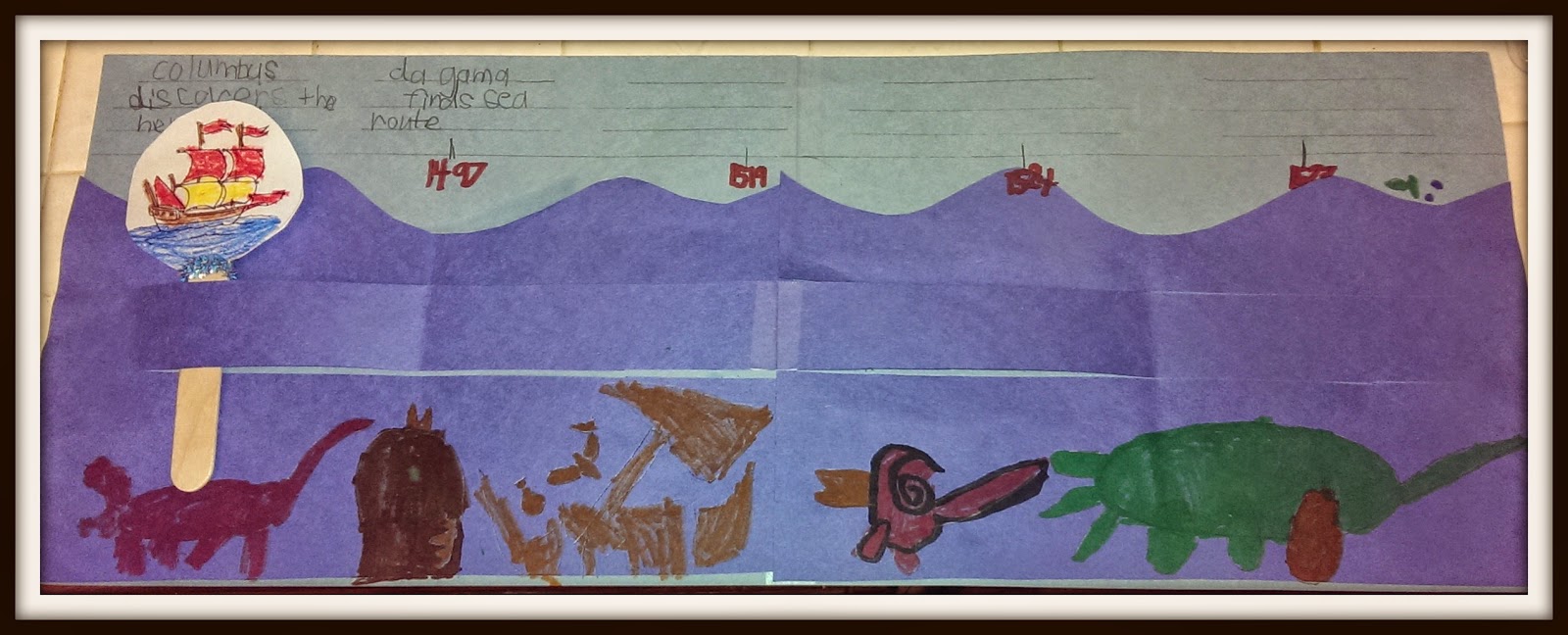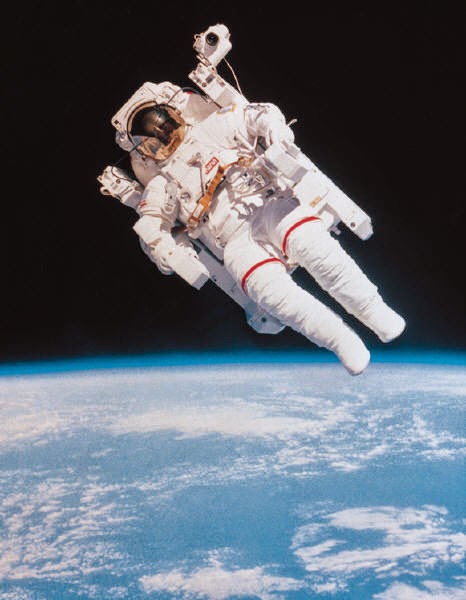Oh the Great Outdoors! I was born in Illinois and my early years were spent running barefooted through a giant field, stepping on bees, digging holes, climbing trees, and learning to ride a bike on a gravel road. Then we relocated to California. We found a cute house in Long Beach and the front yard had the perfect climbing tree. I remember sitting most evenings on the perfect bench-branch near the top of the tree, looking out over the rooftops of my new city and staring at the neon McDonnell-Douglas sign at the Long Beach airport. It was different. But at least I had that tree. Then we moved to an apartment, and I became a city kid. Nothing to climb but the brick wall out back.
Now, as a parent and a condo resident, I long to give my children the great experiences that only come from being outside. So I seek out nature centers, hiking trails, and any other natural setting that allows them to have natural play.
Recently our condo kicked us out for fumigation and instead of holing up in the Best Western down the street, we turned it into an adventure and headed to Big Bear. Early October is off-season there and we found a great hotel called the
Marina Resort. The ground floor rooms have an excellent view of the lake and it's on a private beach. Open your door and the kids can explore the beachfront at their leisure with a small private play area. And yes, they have a pool and jacuzzi that we enjoyed.
 |
| Our private beach at the Marina Resort Hotel. |
Our first adventure outside of the hotel was the
Woodland Trail, a 1.5 mile interpretive loop that has 16 numbered signposts. Grab the pamphlet at the beginning of the trail and you'll learn about the trees, bugs, and wildlife that inhabit the area. My kids are 3 and 6, and they made the whole trip without complaint.
 |
| Hiking the Champion Lodgepole Pine Trail. |
The next day we visited the Big Bear Alpine Zoo. I love this place because most of the animals you find here are rescues. From bald eagles to timberwolves, you'll find all things relevant to the forest. Of course there are plenty of bears and one of their newest exhibits houses two snow leopards! My son loved the kit fox, my daughter loved the porcupine, but I could have watched those wolves all day.
 |
The timberwolves-this pack was born here and the fence is
electric because they can chew through the fence. |
Our final adventure was the
Champion Lodgepole Pine Trail. This one is harder to get to, requiring 5-7 miles of driving on narrow and bumpy dirt roads. But if you have a vehicle that can handle the terrain, the short hike is rewarding. The 110-foot tall Champion Lodgepole pine is a sight to be seen. We walked out to the meadow to get a good look at it was pretty magnificent. The tree was almost cylindrical compared to its younger triangular neighbors. We could have traveled a short distance farther to a nearby lake, but we weren't sure of the distance or the difficulty so we headed back. In all, the Champion Lodgepole Pine Trail is only about 30 to 40 minutes round trip and you can get a pamphlet at the Big Bear Discovery Center that explains each of the 14 numbered signposts along the trail. We didn't have a pamphlet but we noticed that a few of the numbered signposts were missing from this trail, even though it is apparrently regularly traveled by scouts and other groups.
 |
| Can you find the Champion Lodgepole Pine? |
Note: If you go hiking in remote areas, be on the lookout for wildlife, especially snakes and mountain lions. Before you go, stop into the Discovery Center to learn useful tips on how to handle the situation if you are confronted. Always use caution! Also, pack accordingly. Bring jackets as the temperature drops quickly and pack snacks and water.
We were in Big Bear from Tuesday afternoon through Thursday morning, and the Big Bear Discovery Center is closed Tuesday and Wednesday, so we were bummed that we didn't get to spend much time there. But we stopped on our way out of town. One of the docents told us to check out the play area out back and we fell in love instantly. There were so many fun areas to explore from making music to building with branches and blocks to climbing a rope web.
The play area is a certified
Nature Explore playground. This educational and adventurous area is amazing, especially with the backdrop of the Big Bear forest. We would have loved to stay all day, but unfortuantely we had to cut our visit a little short. There are other certified Nature Explore Playgrounds across the country. Visit the
website and see if there is one near you.


















































